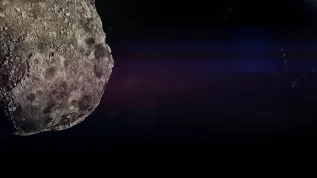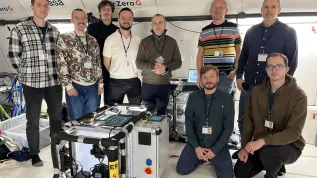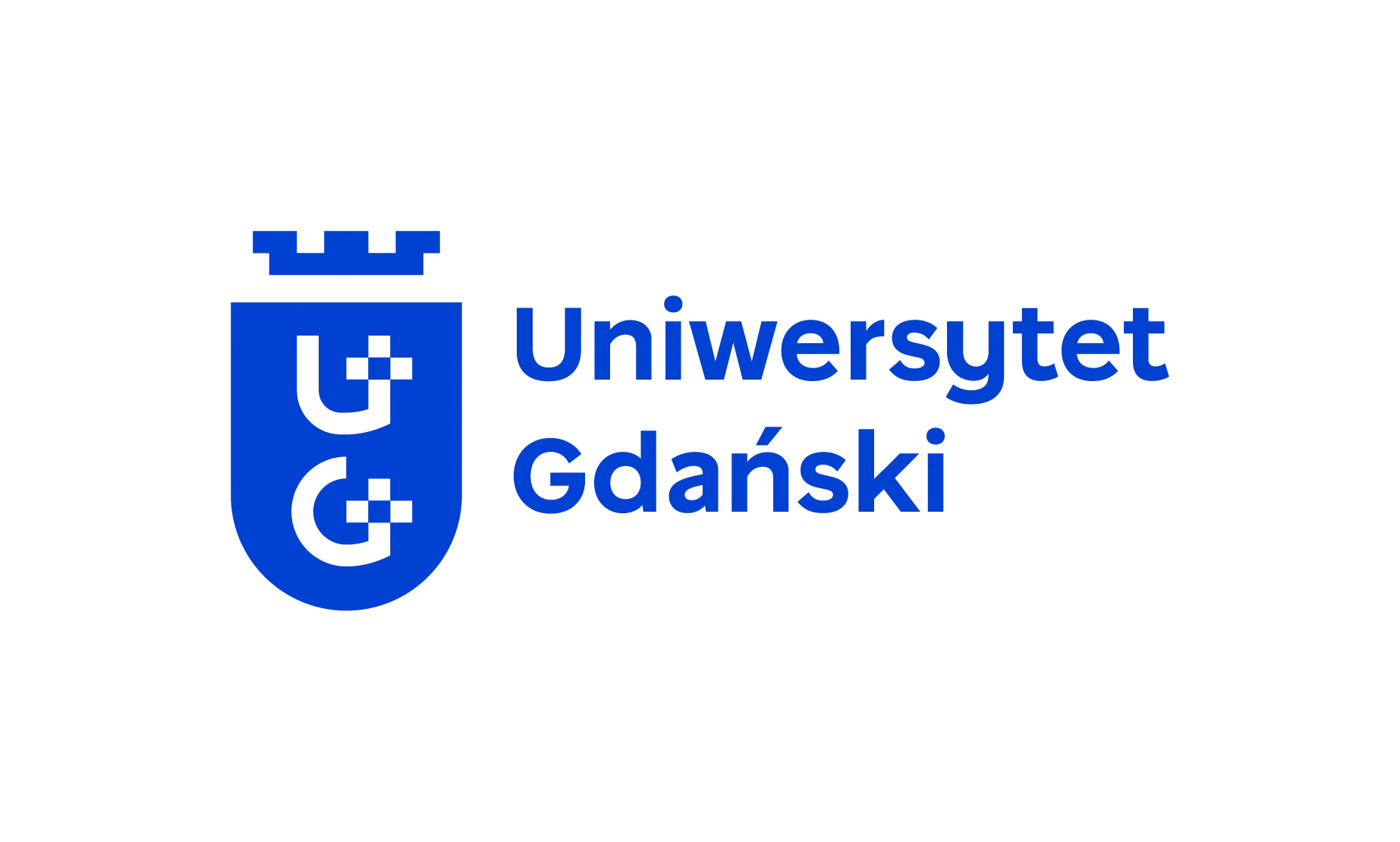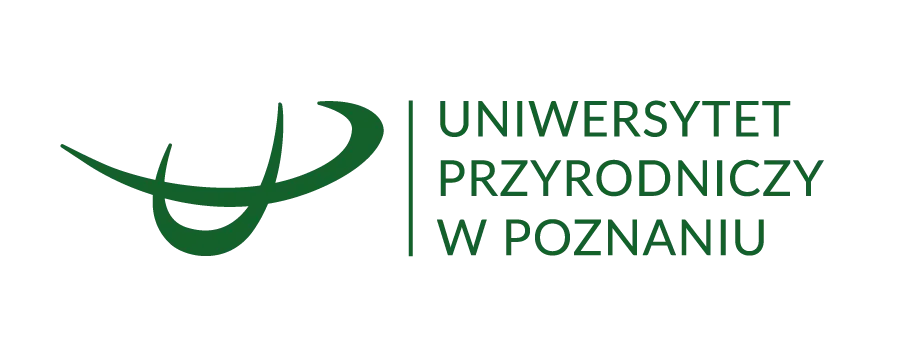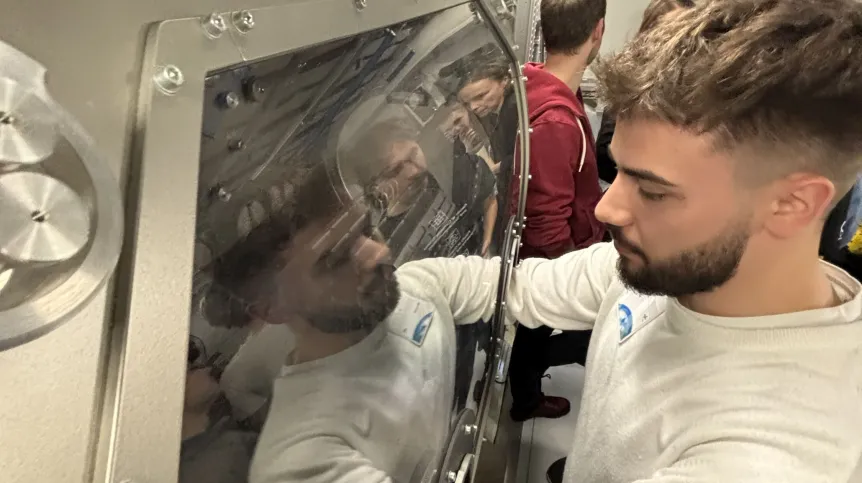
A Cracow University of Technology student will work together with scientists from Canada, the US and Austria on new methods of preventing bone demineralisation in astronauts, who are more susceptible to fractures and osteoporosis due to prolonged exposure to microgravity.
The American 'Andromeda' program, in which Kacper Odziomek, a student of industrial biotechnology, works, has been launched by Deep Space Initiative, an international non-profit organization. Its mission is to support the development of space technologies and share knowledge about them. The Cracow University of Technology student is the only Pole working in the Osteonautica team that focuses on developing a concept of new measures to counteract bone demineralisation in astronauts, caused by prolonged exposure to microgravity.
The American 'Andromeda' program, in which Kacper Odziomek, a student of industrial biotechnology, works, has been launched by Deep Space Initiative, an international non-profit organization. Its mission is to support the development of space technologies and share knowledge about them. The Cracow University of Technology student is the only Pole working in the Osteonautica team that focuses on developing a concept of new measures to counteract bone demineralisation in astronauts, caused by prolonged exposure to microgravity.
'We are working on a theoretical and analytical project. I collect and analyse available medical research results, run calculations and computer simulations, and then I will propose conclusions and solutions in the area of bioregenerative therapies, using pharmacotherapy, among other things', explains Kacper Odziomek, quoted in the university's press release.
According to the release, prolonged exposure to microgravity may negatively affect the musculoskeletal system of astronauts, and in particular cause loss of bone mass, bone minerals, premature osteoporosis, and increase susceptibility to fractures after the mission. In addition, as a result of prolonged exposure to microgravity, the risk of kidney stones also increases – disrupted calcium homeostasis may be a direct cause of kidney stone formation, and renal colic is a real threat to the entire crew.
'These changes are primarily due to the lack of load, poor muscle efficiency, reduced overall hydrodynamics and loss of hydrostatic pressure gradient. Genetic predispositions also play an important role', Kacper Odziomek says.
According to the data he cites, an approx. 1-1.5 percent decrease in bone density per month was recorded on the International Space Station. Currently, the main preventive measure is physical training performed for up to 2 hours a day, 6 days a week on a treadmill, ergometer and ARED, appropriately balanced and varied meals, and sometimes pharmacotherapy with bisphosphonates. New methods of supporting the health safety of astronauts are to be based on biology, genetics, biotechnology and bioinformatics.
Deep Space Initiative was founded in 2021 in the United States by the first female astronaut from Africa, Sara Sabry. Its mission is to increase the accessibility of space science, following the assumption that space belongs to all of humanity and should not be reserved only for the chosen ones. The DSI brings together experts from all over the world, from engineers to lawyers, and specialists from NASA are among the advisors. The participation of scientists in DSI research programs is voluntary. (PAP)
juka/ bar/

